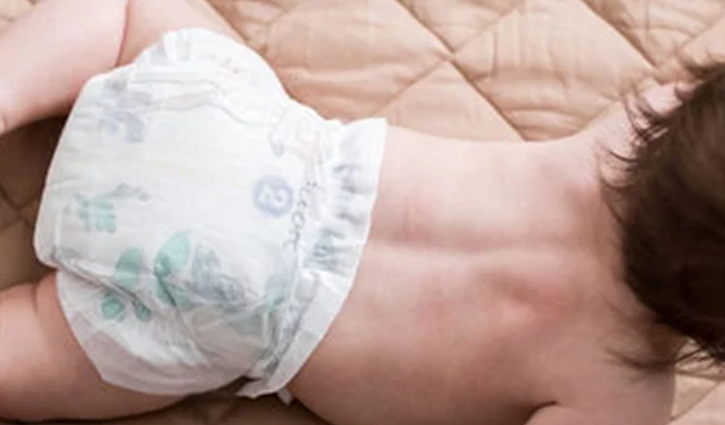

One of the most common and messy challenges faced by parents of newborns is dealing with nappy blowouts (AKA a ‘poonami’) and leaks. These unexpected incidents can leave parents feeling frustrated, overwhelmed (it always happens just when you’re about to head out the door), and a little grossed out – especially when it ends up all over you as well!
In this blog post, we will address common nappy challenges and provide practical solutions to help you tackle blowouts and leaks like a pro.
Dealing with newborn nappy blowouts and leaks
Before we delve into the solutions, it’s important to understand the reasons behind nappy blowouts and leaks. By identifying the root causes, you can take preventive measures to minimise the occurrence of these incidents:
- Blowouts occur when the nappy fails to contain a large or loose bowel movement, resulting in a messy situation. Common causes include incorrect sizing, loose leg cuffs, and an improper fit around the waist.
- Nappy leaks, on the other hand, happen when urine escapes the nappy and wets your baby’s clothes. They can be caused by an overfilled nappy, incorrect nappy positioning, or an ill-fitting nappy.
To combat nappy blowouts and leaks, here’s what you can do:
Choose the right nappy
Selecting the right nappy plays a crucial role in preventing blowouts and leaks. Consider the following tips:
- Size matters: Ensure the nappy is the correct size for your baby. If the nappy is too small, it can cause discomfort and increase the likelihood of leaks. If it’s too big, it won’t provide a secure fit, leading to blowouts.
- Quality and absorbency: Invest in high-quality nappies that offer excellent absorbency. Look for features such as stretchy sides, elastic leg cuffs, and a snug waistband. These elements help create a secure seal and prevent leaks.
Achieving the perfect fit
Proper nappy fitting is key to preventing both blowouts and leaks. Follow these guidelines for a secure fit:
- Snug waistband: Ensure the nappy’s waistband fits comfortably around your baby’s waist, with enough room to insert a finger without it being too tight or too loose.
- Leg cuffs: Gently pull out the leg cuffs to create a ruffle effect around your baby’s legs. This technique helps contain messes by forming a barrier against leaks.
- Double check: Always double-check the nappy’s fit. Make sure it’s snug, but not too tight, to avoid discomfort for your little one.
Handling Nappy blowouts
Even with preventive measures, blowouts can still occur. Here’s how to handle them effectively:
- Stay calm: Take a deep breath and remember that blowouts happen to every parent. Stay calm and composed while addressing the situation, and ask for help when possible.
- Contain the mess: There’s nothing like a wriggling baby to ensure maximum poo spreading! Gently lift your baby’s legs and slide a clean wipe or cloth under their bottom to catch any additional mess. Be careful not to smear it further.
- Clean thoroughly: Clean your baby’s skin and bottom thoroughly with baby wipes or a damp cloth. Use gentle, patting motions to avoid further spreading. Sometimes wipes just aren’t enough, and it will require a quick bath, so have everything ready to go in case. Apply a thin layer of nappy cream afterwards to help prevent nappy rash.
- Change the outfit: Remove the soiled clothes, taking care not to let the mess spread. Your baby’s bodysuit has an envelope neck so that you can simply fold it down over their body rather than pulling it over their head, potentially smearing poo all over their hair and face. Have a clean set of clothes ready to dress your baby afterward.
Tackling leaks
Dealing with nappy leaks can be frustrating, but these tips can help:
- Timely changes: Frequently change your baby’s nappy, especially if they are heavy wetters. They will require between 8-12 nappy changes every day, but choosing a nappy with a wetness indicator is helpful.
- Boost absorbency: Consider using nappy liners or booster pads for added absorbency, especially during nighttime or longer outings.
- Check positioning: Ensure the nappy is properly positioned. The back should be higher than the front and the leg cuffs should be in contact with your baby’s skin.
And remember, before heading out the door, even for a short period, always ensure your nappy bag has plenty of nappies, wipes, changes of clothes, a spare blanket, and a change of clothes for you. Don’t take the risk!























